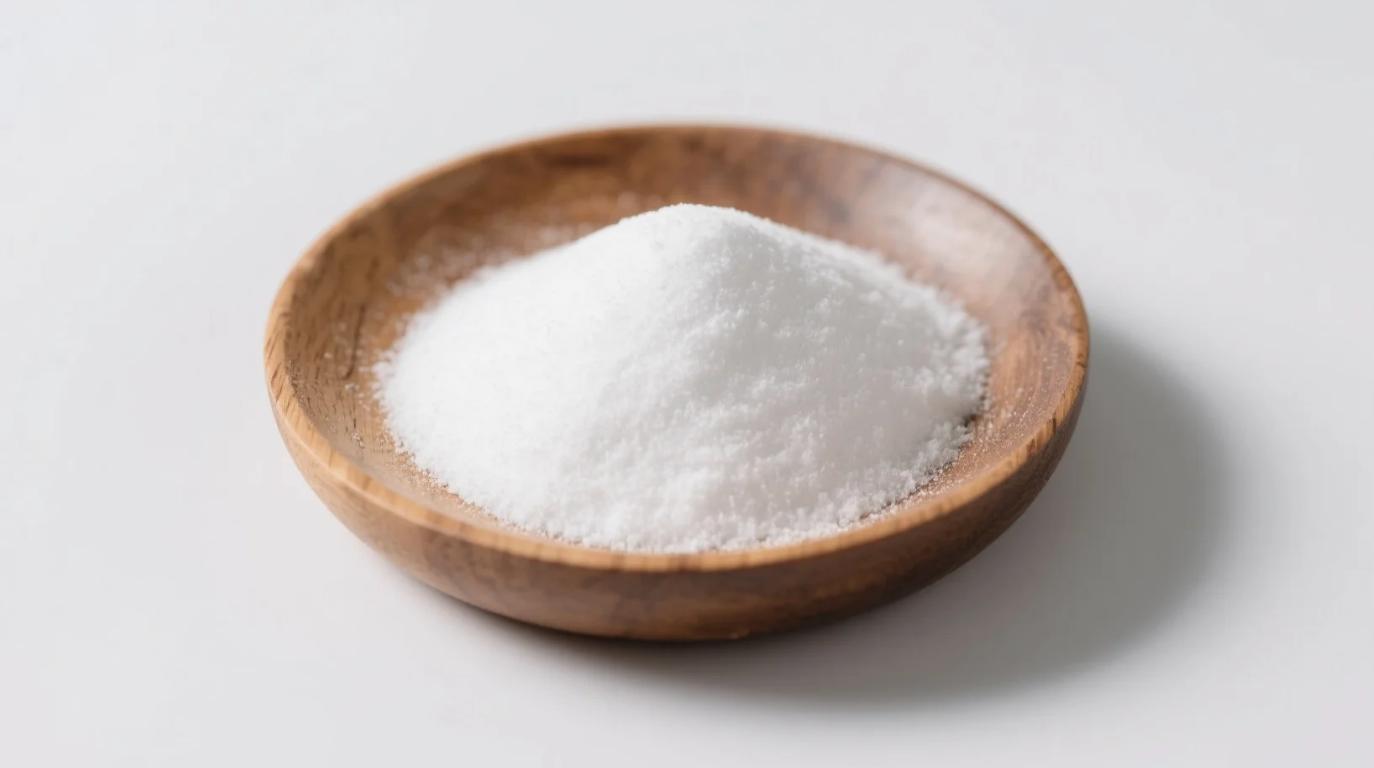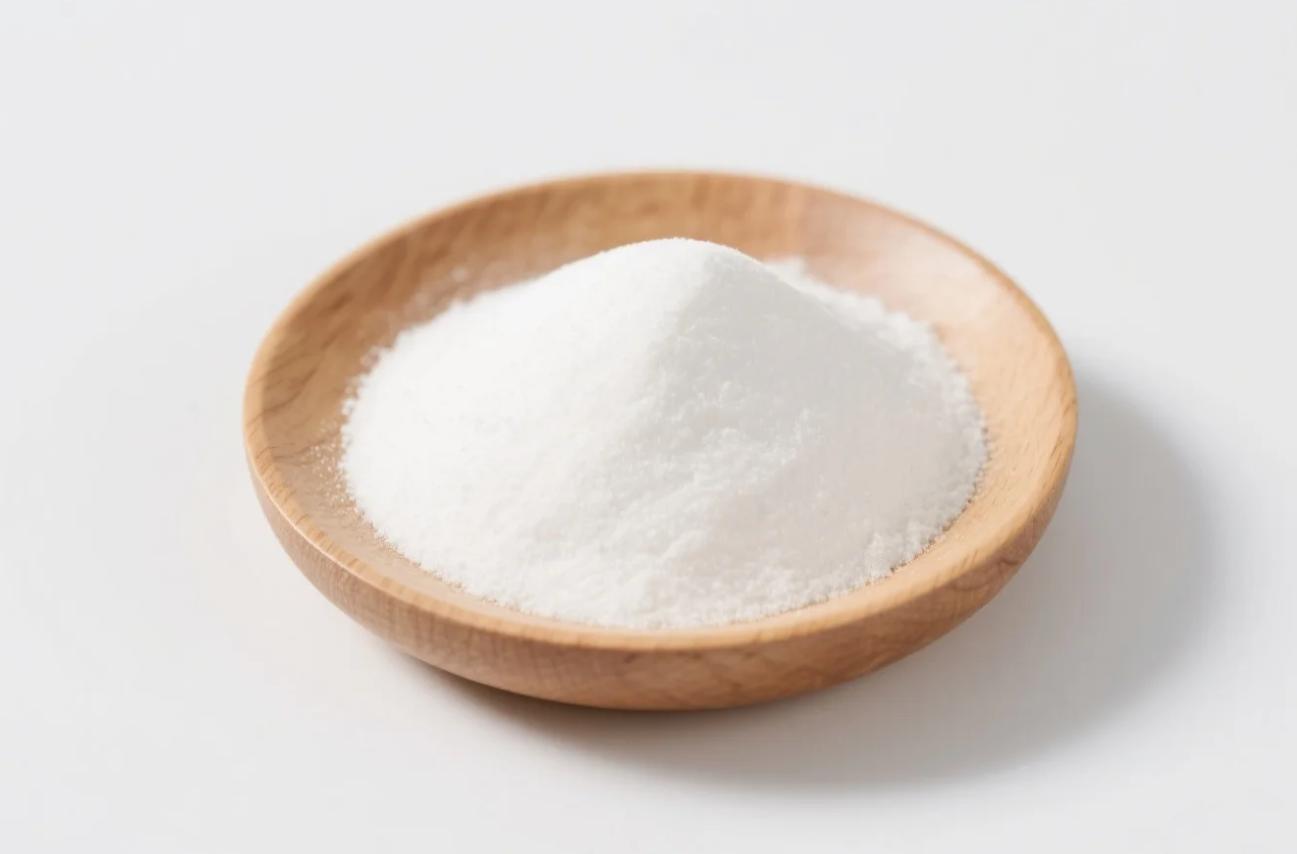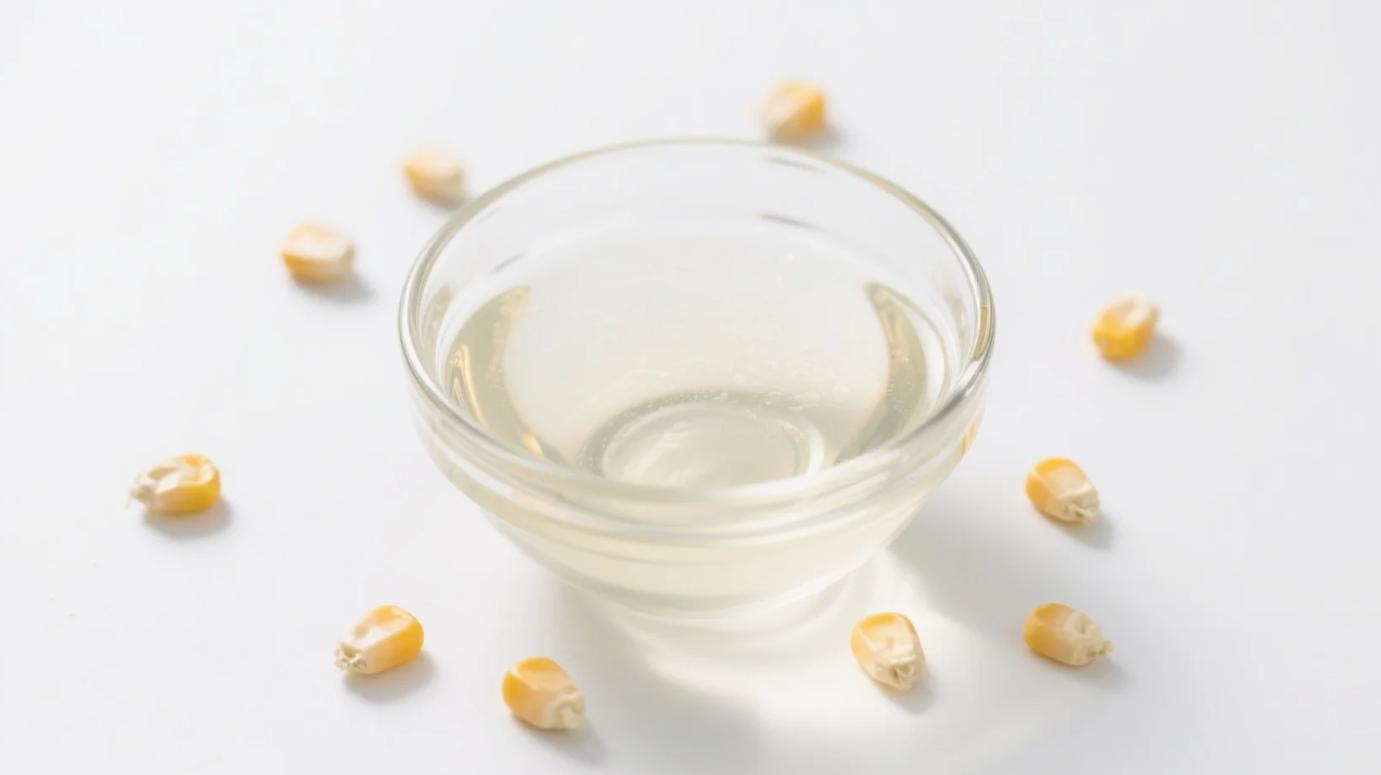Table of Contents
1. Market Outlook: The Rise of a $133 Billion Sweetener Giant
From Niche to Mainstream
The global organic fructose market, valued at $83.6 billion in 2016, is projected to reach $133.3 billion by 2024, driven by surging demand for low-glycemic, non-GMO sweeteners. As consumers pivot from refined sugars and synthetic additives, organic fructose—derived from certified organic fruits, honey, or corn—has emerged as the backbone of clean-label food innovation. Its dual role as a natural sweetener and functional ingredient positions it at the intersection of health trends and environmental responsibility.
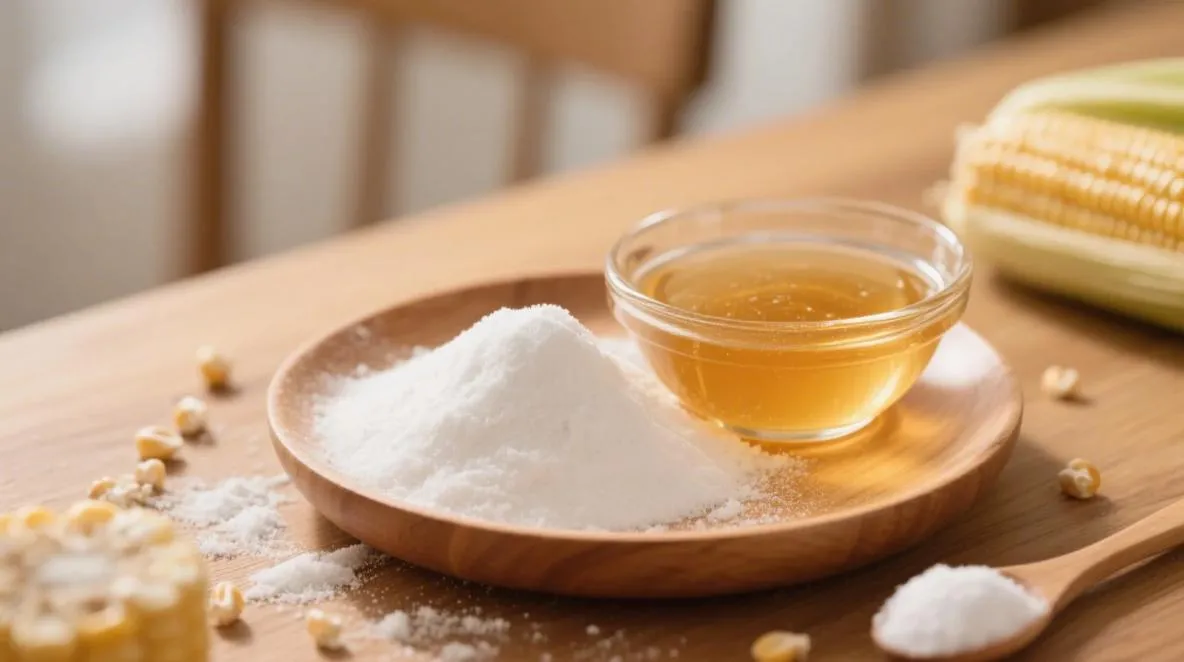
Key Growth Drivers:
- Diabetic-Friendly Demand: With 92 million diabetics and 148 million pre-diabetics in China alone, organic crystalline fructose (GI 19) is revolutionizing sugar-free formulations.
- Regulatory Shifts: China’s 2025 draft approval of novel clean-label ingredients and the EU’s Farm-to-Fork strategy are accelerating adoption of organic high fructose corn syrup (HFCS) in beverages and baked goods.
- Clean Energy Boom: Athletes and Gen Z prioritize organic fructose for rapid glycogen replenishment—GU Energy’s organic gels saw 18% sales growth post-reformulation.
2. The Organic Edge: Beyond Conventional Sweeteners
Why Brands Are Switching:
Unlike conventional HFCS, plagued by GMO concerns and glyphosate residues, organic fructose offers:
- Metabolic Synergy: Organic crystalline fructose bypasses insulin pathways, making it ideal for diabetic-friendly products like Soylent’s keto meal replacements.
- Sustainability Credentials: Produced via regenerative farming, organic HFCS reduces water usage by 50% compared to traditional methods.
- Functional Versatility: From stabilizing vegan ice cream to enhancing caramelization in gluten-free baked goods, organic fructose’s cold solubility and Maillard reactivity are unmatched.
Innovation Spotlight:
- Prebiotic Power: Studies show organic fructose boosts Bifidobacterium populations by 25%, driving synbiotic yogurt sales—L’Oréal’s “Sweet Glow” collagen gummies leverage this for gut-skin axis benefits.
- Zero-Waste Production: Startups like BioSweet upcycle cassava waste into organic HFCS, cutting costs by 20% while meeting circular economy goals.
3. Disruptive Applications: From Lab to Label
Food & Beverage:
- Plant-Based 2.0: Organic crystalline fructose binds pea-protein burgers while caramelizing naturally—Panera’s vegan patties achieved a 22% sales lift.
- Functional Beverages: PepsiCo’s organic HFCS-blended oolong tea in China saw 500% YoY growth, capitalizing on low-GI trends.
Pharma & Wellness:
- Nutraceutical Stabilizers: Ultra-pure organic fructose ensures shelf stability in vitamin tablets and IV hydration solutions—Pfizer’s 2024 reformulations cut production costs by 15%.
- Neuroprotective Potential: Emerging research links organic fructose to 50% higher glutathione levels in neural cells, positioning it in anti-aging supplements.
Industrial Breakthroughs:
- Bioplastic Innovation: Fructose-based biodegradable films now replace 30% of synthetic polymers in Nestlé’s snack wrappers.
4. Regional Hotspots and Strategic Plays
Asia-Pacific:
- Infant Nutrition Surge: 60% of Chinese parents seek organic-certified baby formula—Beingmate integrates organic fructose for easy digestion.
- Precision Fermentation: Companies like Ingia Biosynthetic engineer microbial enzymes to produce ultra-pure fructose, slashing water usage by 50%.
North America:
- FDA Labeling Wins: The 2024 “Clean Sweetener” designation for organic HFCS spurred Halo Top’s keto ice cream sales.
Europe:
- Sugar Tax Evasion: UK’s Soft Drinks Levy pushed Coca-Cola to reformulate with organic HFCS, reducing added sugar claims by 40%.
5. Challenges and Future-Proof Strategies
Navigating Supply Chains:
- Climate Resilience: Blockchain-tracked organic corn sourcing (Cargill) mitigates drought risks in key regions like the U.S. Midwest.
- Cost Competitiveness: Organic fructose costs 25-30% more than sucrose, but AI-driven blending (Brightseed’s algorithms) optimizes usage in low-margin products.
Innovation Frontiers:
- Functional Blends: Combining organic fructose with adaptogens like ashwagandha for stress-relief snacks—a $12 billion category by 2027.
- Cultural Fusion: Modernizing traditional fermented beverages like Korean makgeolli with organic fructose for global millennials.
Organic fructose isn’t just a sweetener—it’s a strategic imperative for brands bridging health, sustainability, and regulatory rigor. With demand outpacing supply by 15% (Ecovia Intelligence, 2025), stakeholders must act now to secure partnerships, innovate formulations, and educate consumers on its transformative potential.
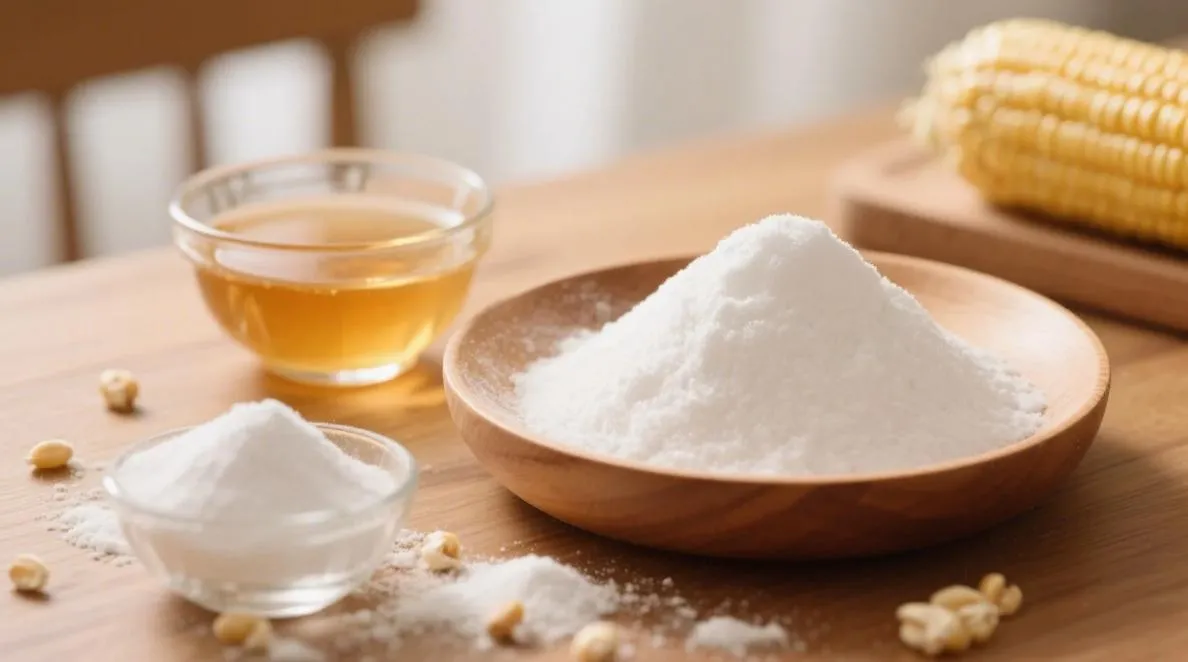
Ready to sweeten the future? The organic fructose revolution is crystallizing—now.
You might also like
Organic Dextrose Powder
A simple, naturally derived sugar from organic corn starch, offering clean sweetness, rapid energy, and…
Organic Maltodextrin Powder
Organic maltodextrin with DE 8–20 range, neutral taste, high solubility, and multiple functional uses.
Organic Glucose Syrup
A pure, viscous liquid sweetener derived from organic corn starch, offering balanced sweetness, excellent body,…
